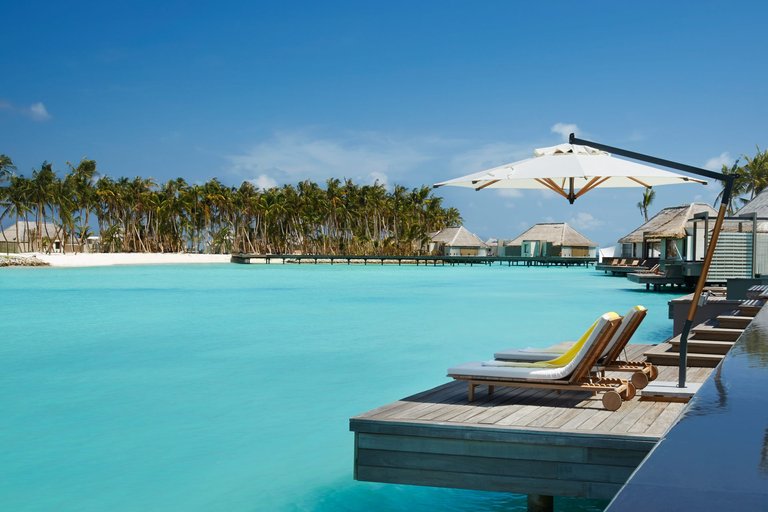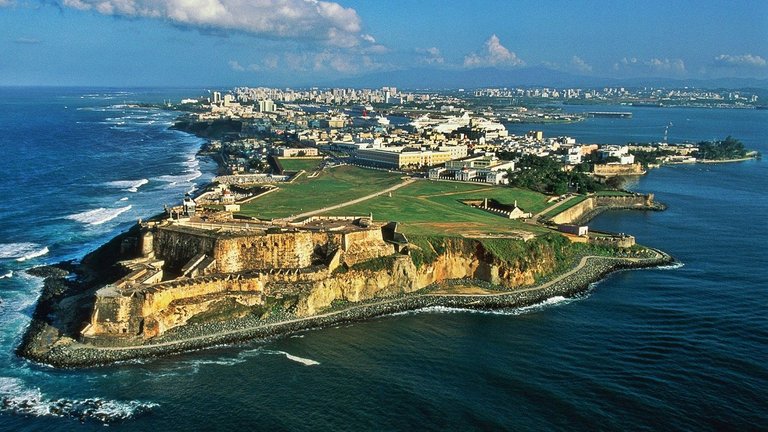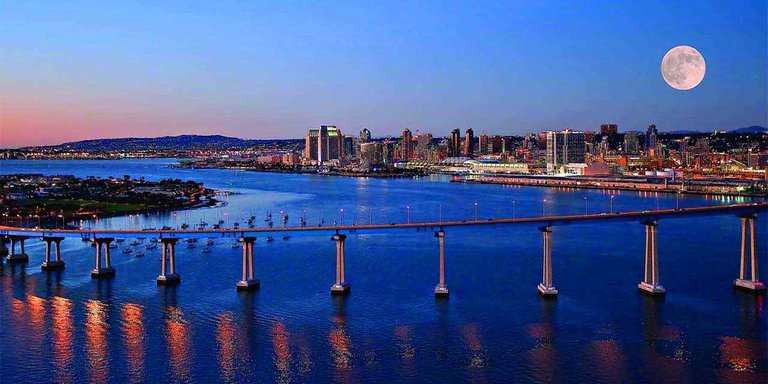Maldives

Visitors to the Indian Ocean archipelago say they have had the most luck seeing the blue glow from about July to February, especially during a new moon since the darkness of the sky helps intensify the light. The bioluminescence can occur throughout the country’s 26 atolls, but some of the most spectacular photographs have been captured on the grouping’s eastern islands, including Mudhdhoo, Vaadhoo and Rangali.
Puerto Rico

Mosquito Bay on the island of Vieques has the nickname of Bioluminescent Bay (often called Bio Bay) for the bright plankton that illuminates the water. Unexpectedly, the bay went dark in January 2014. Some scientists theorise that a wind shift pushed many of the microorganisms out of the bay, but the various factors that contribute to the bioluminescence make it difficult to say for sure.
San Diego

There is bizarre bioluminescence in this Southern Californian city, too, caused when millions of phytoplankton form a group of algae so big they discolour the nearby water. Surfers see a “red tide” every few years, when these algal blooms give the sea a reddish tint by day and a bright blue phosphorescent glow by night. When the right combination of water temperature, wind, darkness of the sky and other factors come together, surfers and swimmers can glide through the water with a glow illuminating their way. Though some algal bloom can be harmful, the species common to San Diego, Lingulodinium polyedrum, is not considered to be toxic.
Hi! I am a robot. I just upvoted you! I found similar content that readers might be interested in:
http://www.bbc.com/travel/story/20140619-seas-that-glow-like-stars